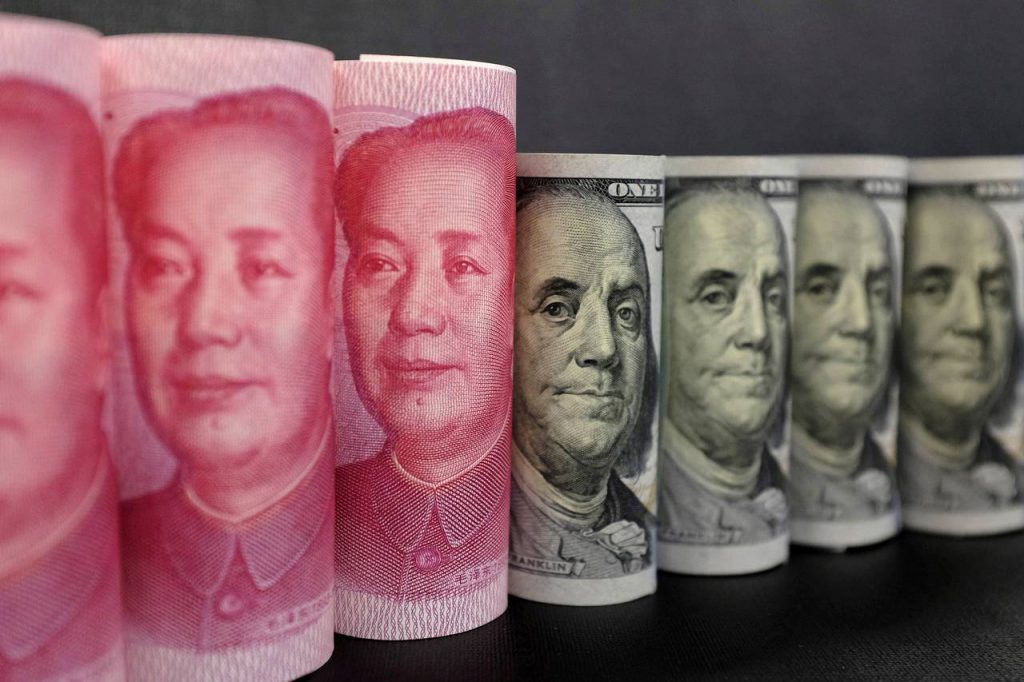Kenya, Panama, Sri Lanka, and other developing countries have snubbed the US dollar to receive loans from BRICS member China in the Chinese yuan, reported the Times of India. The emerging economies are seeking the Chinese yuan over the US dollar as the financing is cheaper in local currencies. To keep things in context, Panama saves over $200 million by switching to the yuan as FX rates are cheaper. This makes China’s local currency more attractive in terms of finances than the greenback.
Kenya completed talks with BRICS member China last month to receive $5 billion in loans in the Chinese yuan. China’s Exim Bank will disburse the loan, which will be used for a major railway project in the African nation. On the other hand, Sri Lanka has requested loans in the yuan for a stalled infrastructural project. The Communist country will most likely accept the request and process the yuan.
Also Read: BRICS To Hold Virtual Meet on Monday To Discuss Trump’s Tariffs
BRICS Loans in the Chinese Yuan: US Dollar Losing Demand


The US dollar is losing demand as emerging economies are requesting BRICS to lend loans in the yuan. However, experts stress that the move cannot be deemed as de-dollarization, as this is not a permanent solution. The emerging economies are only taking what’s cheaper for them and can save millions in foreign exchange rates. These are just pragmatic attempts to borrow at lower costs and have nothing to do with the US dollar.
Also Read: BRICS Members Refuse to Back Down in US Market Push
For instance, borrowing costs in the US dollar range from 4.25% to 4.50%. The same borrowing costs with BRICS member China in the yuan stands at 1.4% highlighting a major difference. Therefore, it is natural for developing countries to go with the borrowing rates that are much lower compared to the US dollar. China is leveraging the opportunity by pushing its local currency for a meager borrowing rate to promote the yuan.





